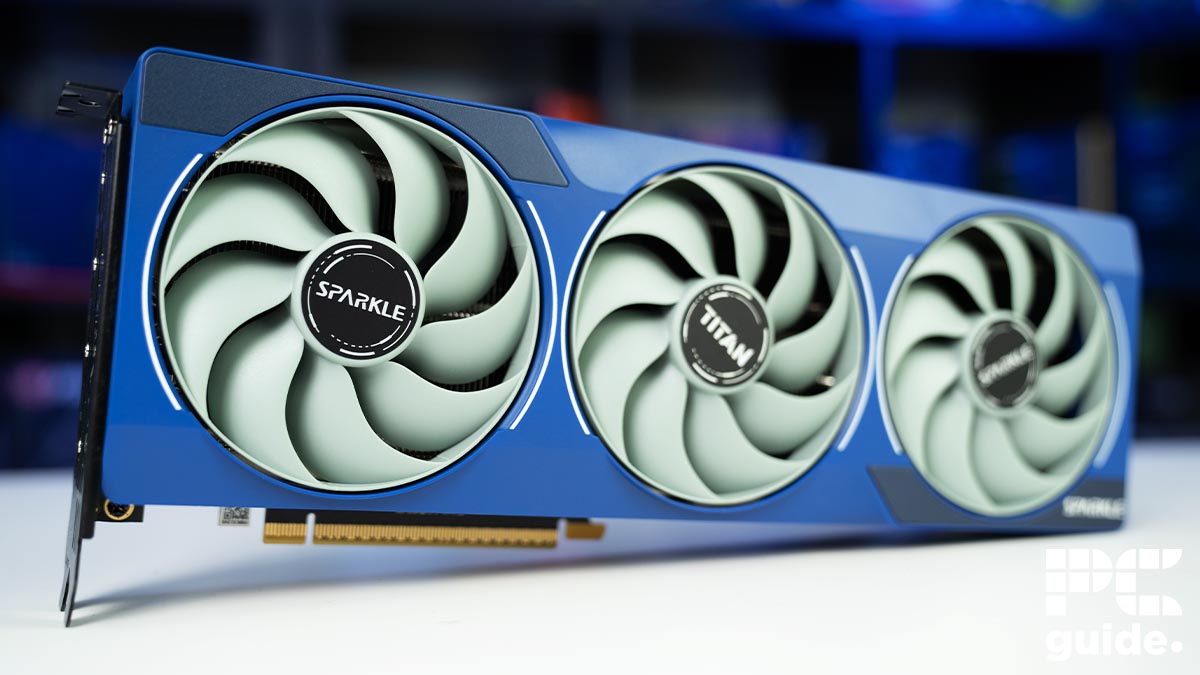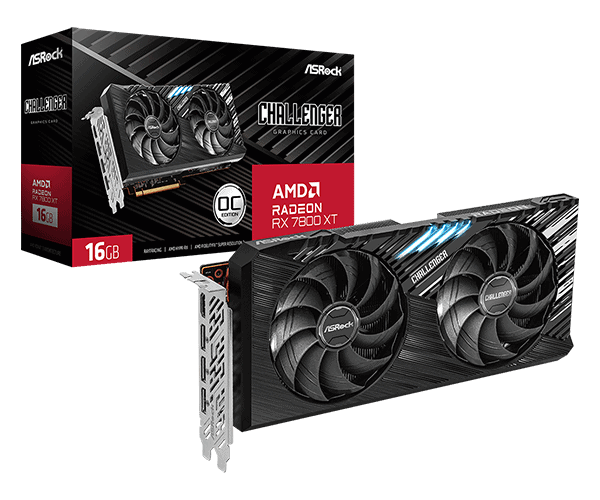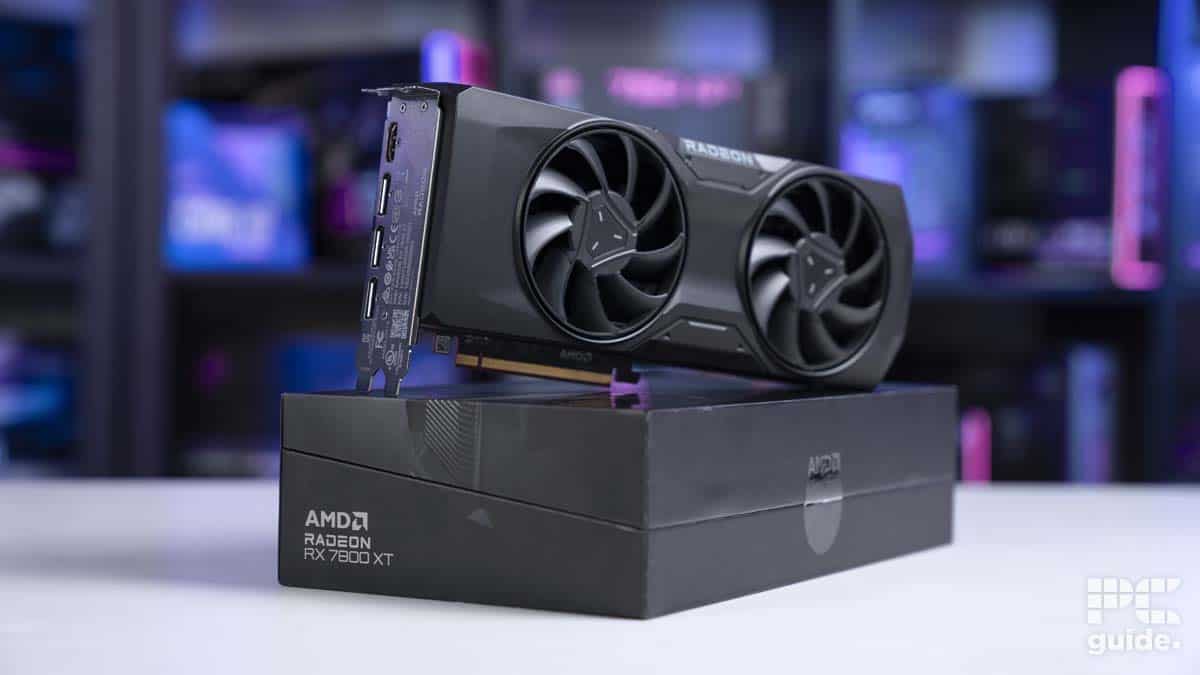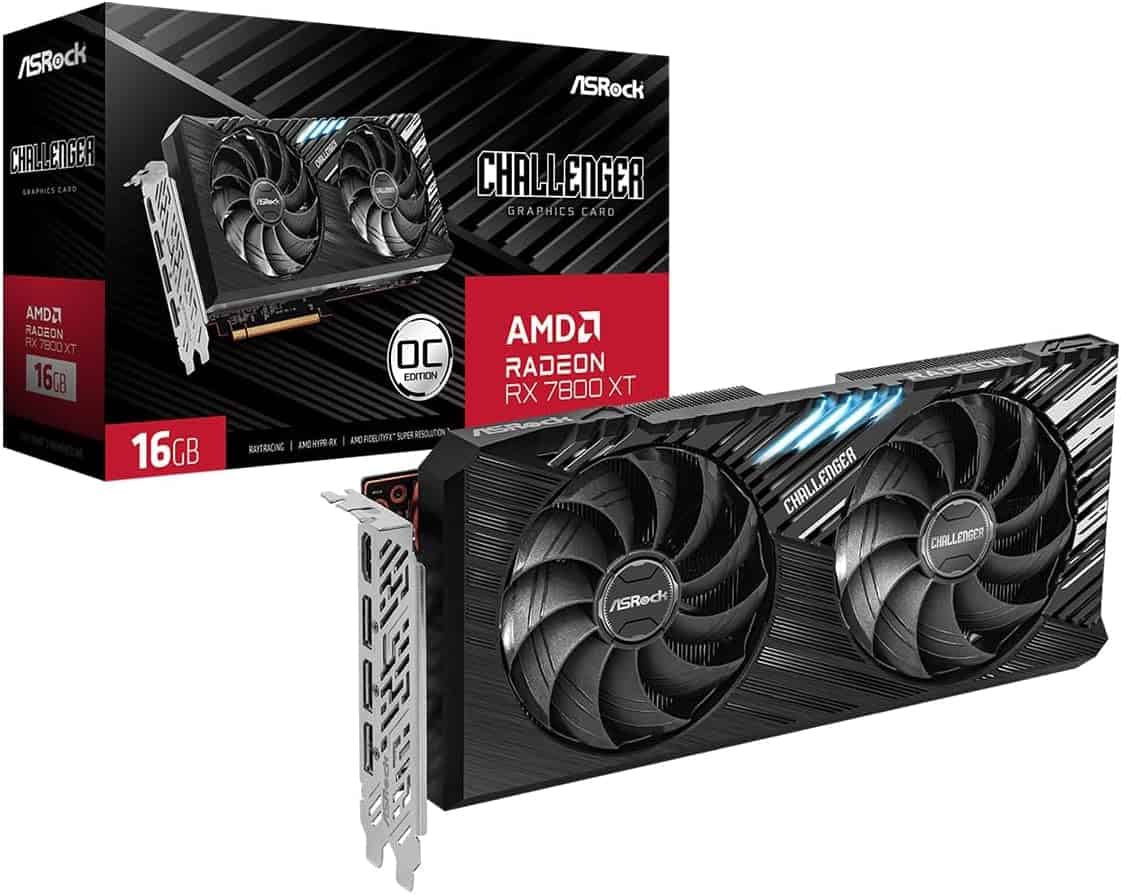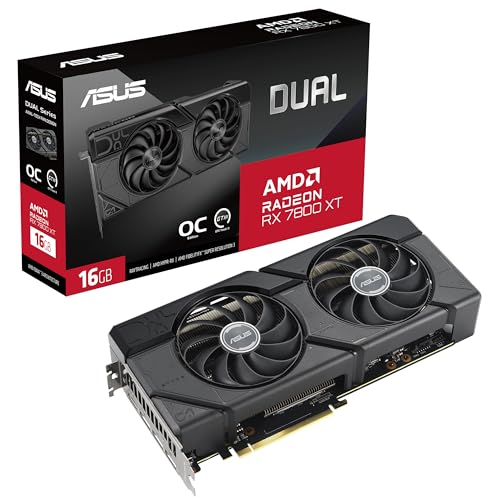Intel Arc B580 vs RX 7800 XT – how much do they differ?

Table of Contents
The first Intel Battlemage GPU, the Intel Arc B580, is here, and it delivered on its promise of excellent 1440p results. The great aspect is that during our testing for our Intel Arc B580 review, we found that it can even push 4K in some titles where the RTX 4060 couldn’t due to its limited VRAM.
So, another solid 1440p GPU that seems to be in the same boat regarding 4K is the RX 7800 XT. We’ve tested and reviewed it in-house and were wondering how they compare because 1440p seems to be the sweet spot for both, but the price and hardware put them in different leagues. That being said, the big question is, with such a gulf in price, is the RX 7800 XT worth spending more on, or does the B580 deliver close to the same performance but at a vastly reduced price?
In this guide, we’ll compare different aspects of these graphics cards and take a look at their respective in-game performance, which should give you a clear picture of which one is better at different resolutions and which GPU is better for you, depending on your requirements and budget. If you’re interested, you can read more about where to buy the Arc B580 here, but for now, let’s dive straight in and compare these two cards.
Specs comparison
Below, we have outlined and discussed some of the key hardware specs and features of the Arc B580 and RX 7800 XT.
| Specifications | Intel Arc B580 | RX 7800 XT |
| Cores | 20 | 3840 |
| Boost clock speed | 2670 MHz | 2430 MHz |
| Memory | 12GB | 16GB |
| Memory type | GDDR6 | GDDR6 |
| Memory interface | 192-bit | 256-bit |
| Bandwidth | 456 GB/s | 624.1 GB/s |
| TBP | 190W | 263W |
Memory
Right off the bat, it is clear that the RX 7800 XT has a better memory configuration than the Arc B580, with 4GB more VRAM capacity. However, it is very impressive to see that Intel has managed to offer 12GB GDDR6 VRAM in a budget-friendly graphics card. This puts the Arc B580 in a very good position. That’s because while it is unlikely that it will beat RX 7800 XT in pure gaming performance, it should undercut it in terms of value, which we will get to in the later sections.
Bandwidth
Apart from the VRAM capacity, the RX 7800 XT also has an edge in bandwidth, which matters the most. Basically, memory bandwidth decides how much data can be transferred to and from the VRAM within a clock cycle, and with RX 7800 XT’s 624.1 GB/s bandwidth, we are looking at exceptional performance @ 1440p and playable FPS @ 4K.
In our review, we ran Cyberpunk 2077 on the RX 7800 XT at multiple resolutions, and it gave us 140 FPS, 91 FPS, and 39 FPS at 1080p, 1440p, and 4K resolutions, respectively. Similarly, for AC: Mirage, we saw 132 FPS, 108 FPS, and 68 FPS across all three resolutions. It should be noted that we played the games natively, so you can get extra performance by enabling AMD’s FSR.
On the other hand, while the B580 could only run Cyberpunk 2077 at 1080p and 1440p with 94 and 62 FPS, respectively, and due to the high graphical fidelity of this title, it couldn’t push 4K. However, in Assassin’s Creed: Mirage, it delivered 90, 72, and 48 at 1080p, 1440p, and 4K, respectively.
Given that the Arc B580 is behind by around 168.1 GB/s in memory bandwidth, it makes sense why there is such a huge gap in performance across all resolutions, but still, for a budget GPU to churn out playable frames at 4K natively is a massive win and by enabling XeSS 2 and XeFG, we can expect even better performance.
Power consumption
As far as power consumption goes, the Arc B580 is more efficient on paper and uses a 1x 8-pin power connector. The GPU carries a total graphics power rating of 190W, and Intel recommends a 600W PSU to pair with it. With that said, if you have a 550W PSU from a reliable brand like Seasonic that can handle transient spikes, you don’t necessarily have to upgrade just for the extra 50W power capacity.
On the other hand, AMD’s RX 7800 XT carries a 263W TGP, which is 70W higher than B580’s TGP. AMD recommends a 700W PSU for it. Overall, it is clear that Arc B580 wins in the power consumption department, and you may have to look into an upgrade with the PSU for the 7800 XT.
Intel Arc B580 vs RX 7800 XT – price
Intel has priced its new Battlemage GPUs quite aggressively, with the Arc B580 coming in at just $249. This is a very impressive price point considering the overall specs the GPU has to offer. Plus, Intel has also announced plenty of features bundled under the XeSS 2 umbrella (including frame generation, reduced latency, and resolution upscaling), and if all of this works out, we are looking at one of the most value-oriented GPUs of the year.
In comparison, you can get the RX 7800 XT for as low as $449.99 (pricing from Camelcamelcamel). Given that there is a big $200 price gap between the two graphics cards, we can’t say that one is inherently better than the other, but the B580 appears to offer more value in the budget GPU market segment, so both of these cards have their place.
Final word
All in all, both of these graphics cards are quite different, and we can’t recommend one over the other. That’s because the Intel Arc B580 clearly targets low- to mid-end competitors like the RTX 4060, RX 7600, and RTX 4060 Ti. In contrast, the RX 7800 XT is actually a mid-range to high-end graphics card meant for competitive-level 1440p framerates.
That being said, the Arc B580 didn’t disappoint in the 1440p department, and that too without using XeSS 2 as a clutch. This means that by leveraging these technologies, you can expect enhanced gaming performance across the board. However, when it comes to synthetic performance, the RX 7800 XT has much better performance. Hence, if you’ve got workloads like editing or rendering, the 7800 XT is the better option out of the two.
-
AMD Radeon RX 7800 XT
- GPU: Navi 32
- Stream Processors: 3,840
- VRAM: 16 GDDR6
- Memory bus width: 256-bit
- Bandwidth: 624.1 GB/sec
- Base clock speed: 1,295 MHz
-
-
